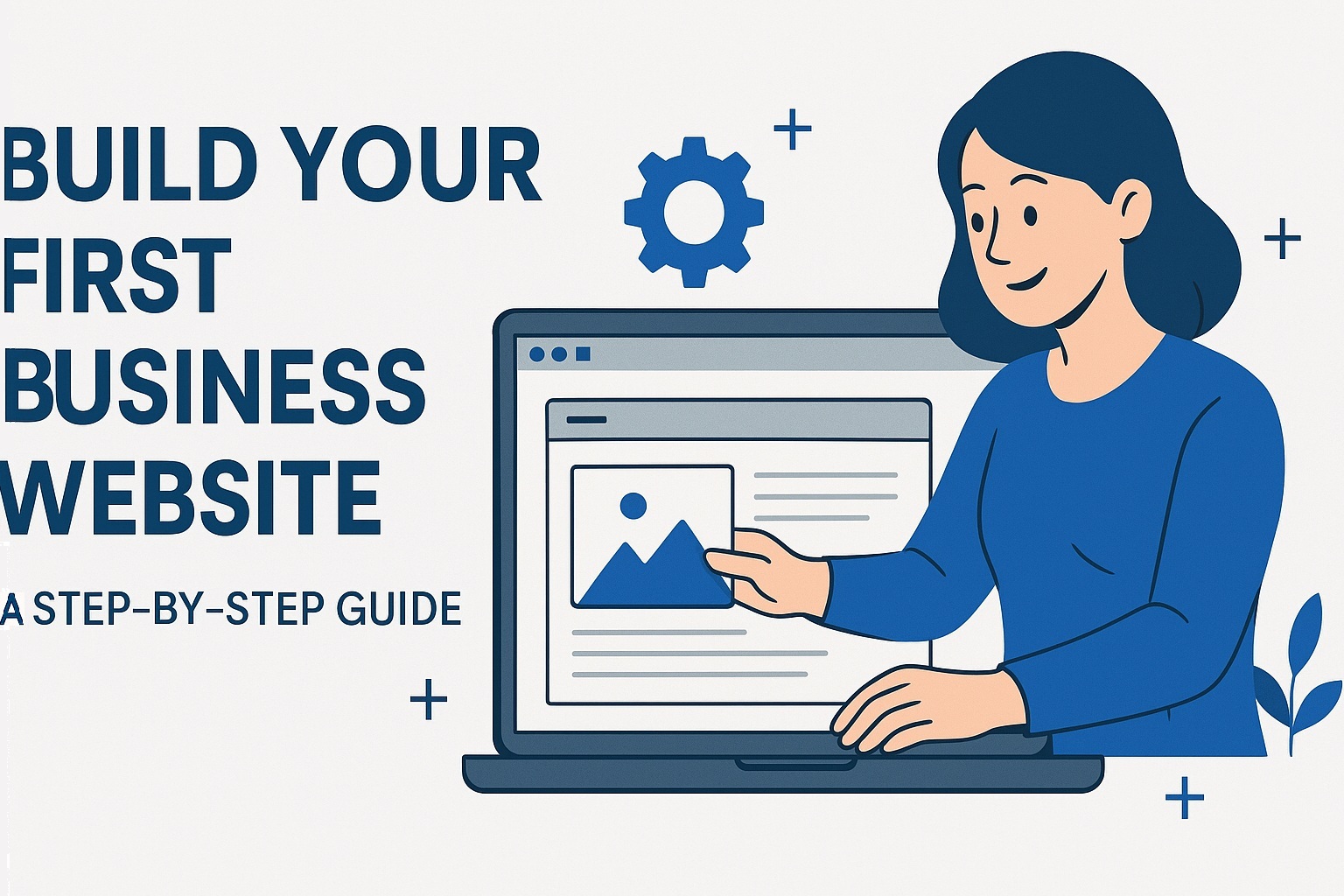What’s the Difference, and Why It Matters for New Site Owners
If you’re new to WordPress, some of the terms you’ll see can be confusing — especially the difference between Pages and Posts, or what it means to have a Static Homepage.
This section clears up those basics so you can use WordPress with more confidence and avoid rookie mistakes.
What’s the Difference Between Pages and Posts?
Pages are for content that doesn’t change often.
Think: permanent parts of your site like:
- Home
- About
- Services
- Contact
- Privacy Policy
Pages are not organized by date, and they don’t show up in your blog feed.
Posts, on the other hand, are for blog content or news updates.
They’re usually organized by:
- Date
- Category
- Tags
Posts appear in your blog feed automatically. They’re great for:
- Articles
- Tips
- Announcements
- Case studies
- Updates or stories you want to share over time
If you’re not planning to blog or publish updates regularly, you may not need to use Posts at all right now. Just focus on building out your Pages.
What Is a Static Homepage?
By default, WordPress shows your latest blog posts on your homepage. That’s great for a blog, but not ideal for a business site.
A Static Homepage means your homepage will show a regular Page — one you create and customize — instead of a list of blog entries.
To set this up:
- Create a Page titled “Home” and design it the way you want
- (Optional) Create another Page titled “Blog” if you ever want to publish posts
- Go to Settings > Reading
- Under “Your homepage displays,” choose A static page
- Set Home as your homepage, and Blog as your posts page (if needed)
This gives you full control over what people see when they land on your site.
Can You Use Both Pages and Posts on the Same Site?
Absolutely. Many businesses have a site made of mostly Pages — but also publish blog Posts as part of their marketing strategy, SEO, or to keep their audience informed.
Example layout:
- Home (Page)
- About (Page)
- Services (Page)
- Contact (Page)
- Blog (Page that displays your Posts)
Just know where each type fits, and keep your site organized as you grow.
Final Tips for New WordPress Site Owners
- Don’t worry about getting everything perfect on day one.
- Focus on being clear, not clever.
- Keep your main navigation simple (no more than 5–7 items).
- Always preview your changes before publishing.
- Make backups part of your routine.
You’re building something real — and the fact that you’re doing it the right way, with full ownership and no rented land, already puts you ahead of most people.
What’s Next?
Take a look at my latest post: Building a Website in the Age of AI. There’s a growing trend that claims building a website in the age of AI is outdated and unnecessary. Read the post to find out if that is a myth or not.
